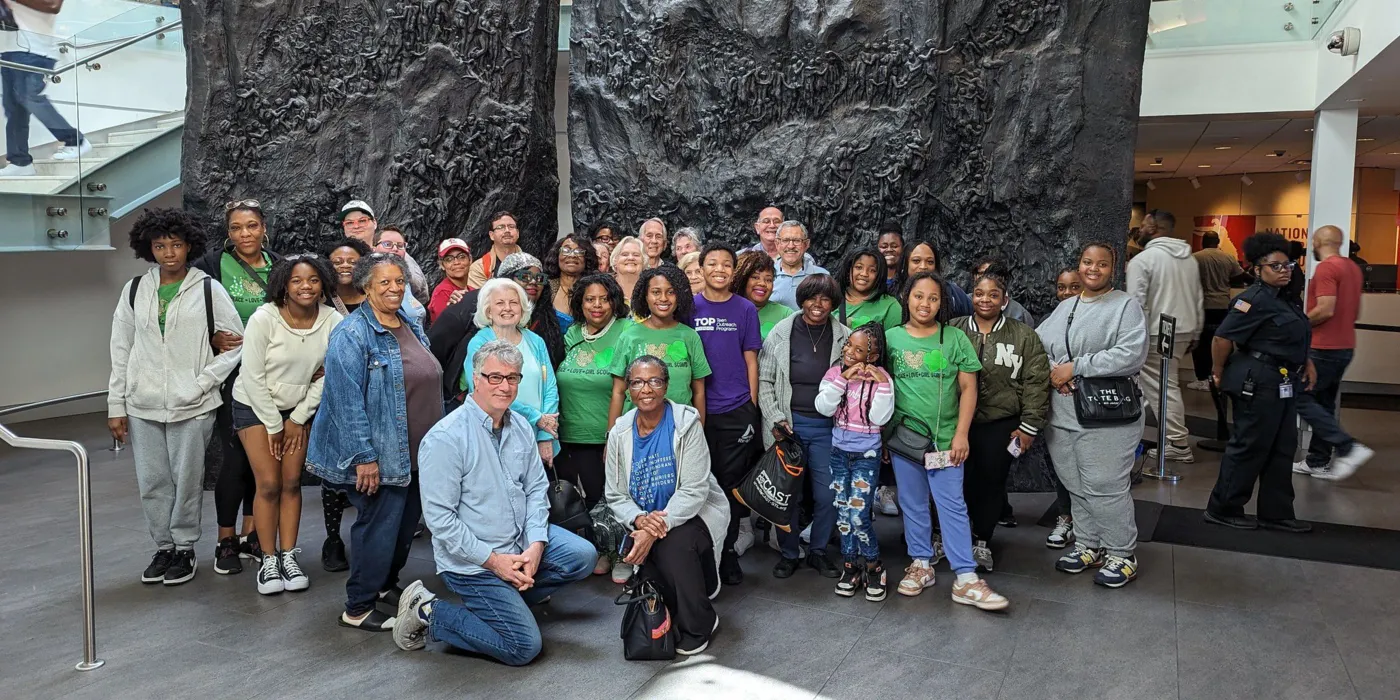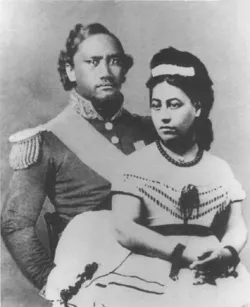
November 22: Kamehameha and Emma, Kanaka Maoli: Saints and Protectors of the Hawai’i
King Kamehaha IV was born Alexander Liholiho in Honolulu in 1834. His uncle was King Kamehameha III, who adopted him as a toddler and named him heir to the throne. He was educated by Congregationalist missionaries—at that time many Hawai’ians had become Christian, and the main missions were run by either Congregationalists or Roman Catholics. On a trip at age 15 to England it is believed he became attracted to the Church of England. Alexander inherited the throne at age 20 when his adoptive father died in 1854 and took the name Kamehameha IV. A year later he married his old schoolmate Emma Rooke, who became his queen. Although they were married in Kawaiaha’o Church, which was Congregationalist, they wed in an Anglican service- the first in Hawai’i. In 1858, they had their only child, a son, named Albert Edward after the Prince of Wales. Queen Victoria was to be his godmother; unfortunately, he died at age four.
Their reign was marked by championing the well-being of their people. Concerned about the spread of disease among the Hawai’ian population, Kamehameha and Emma attempted to establish free healthcare including public hospitals. When this was vetoed by the legislature, Emma supposedly went from house to house collecting the funds and founded the Queen’s Hospital in 1859, as well as a sanitarium for lepers on Maui.
In 1860, Kamehameha IV contacted the Bishop of Oxford and Queen Victoria and requested Anglican missionaries be sent to Hawai’i. With joint approval of the Archbishop of Canterbury, and the American Episcopal Church through the Bishop of California, Thomas Staley was commissioned as bishop at Lambeth chapel and sent to the islands. After Kamehameha and Emma were confirmed, other native leaders left the Congregationalists to join the Anglican Church. The king personally translated the Book of Common Prayer into Hawai’ian, and donated land for the building of the Cathedral Church of St. Andrews.
Although his reign was brief, he and Queen Emma strove to promote the good of their people and resist the annexation of Hawai’I by the US, which was encouraged by the white planter class to avoid tariffs on sugar. In 1863, Kamehameha IV died at just age 29. Emma lived on until 1885, devoting herself to good works and establishing schools under the banner of the Anglican Church. They are recognized in the Church calendar on November 30.
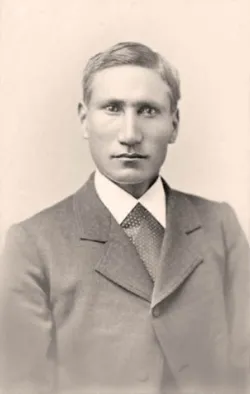
November 23: David Pendleton Oakerhater, Cheyenne: Deacon of the Southern Plains
The young man who would be known as David Oakerhater was born in 1847 among the Cheyenne as raised traditionally as a warrior. He completed the Sun Dance at the young age of 14, after which he was called O-kuh-ha-tuh, translated as either Sun Dancer or Making Medicine. He began his military career among his people immediately thereafter. often fighting with Comanches under Quanah Parker on the Southern Plains. After the Red River War, he was forced to surrender to US troops at Fort Sill in 1875. He was among 74 prisoners randomly sent to Fort Marion, Florida to be imprisoned under the watch of First Lieutenant, later Captain, Richard Pratt. Pratt sought to Americanize his prisoners and treat them with dignity, educating them and placing them under military discipline. At the end of two years, Oakerhater emerged proficient in English and with a talent for art. In 1877 an Episcopal deaconess from New York named Mary Burnham sponsored the prisoners to serve as church sextons, and a year later they were freed.
Deaconess Burnham persuaded Ohio Senator George Pendleton and his wife to pay for Oakerhater to be reunited with his wife and brought to New York to St. Paul’s Churhc in Paris Hill. The priest there, the Rev. J. B. Wicks, continued Oakerhater’s education, and he sought baptism six months later, adopting the first name David and the last name Pendleton in honor of his benefactors. He was ordained a deacon in 1881, and sent with Rev. Wicks to Indian Territory and Dakota Territory to recruit students for Carlisle Indian School, where Capt. Pratt had been named superintendent. Operating from El Reno and Anadarko in western Indian Territory, Oakerhater worked as a missionary among the Cheyenne, establishing missions at Bridgeport in 1887 and the Whirlwind Mission near Watonga in 1889, working to educate and evangelize his people.
Oakerhater retired from missionary work in 1918, but continued with preaching and service until he passed away in 1931. After the Dust Bowl and World War II halted mission work, the Whirlwind mission was not revived until the 1960s. St. Paul’s Cathedral in Oklahoma City organized an Oakerhater Guild and named a chapel in his honor. Deacon Oakerhater was recognized as the first Native within the Episcopal Calendar of Saints in 1985; his feast day is September 1.
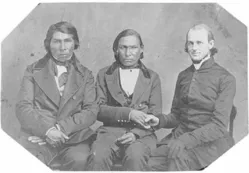
November 24: Enmegahbowh, Ojibwe/ Chippewa: Missionary and first Native Episcopal priest
Enmegahbowh was born ca. 1820 near Peterburgh, Ontario, Canada, a member of the Ojibwe people, who are also known as Chippewa in the US. His name means “He That Stands for His People.” Although his grandfather trained him in Grand Medicine Lodge (Midewiwin) religious practices, his village was supported by Methodist missionaries, and his mother was a Christian. In 1832 he traveled with Methodists to attend school in the extreme north of Michigan’s Upper Peninsula and became a Methodist missionary in the US. After 1835 he served the Methodists as an interpreter and for the next ten years worked among the Natives in Michigan and Minnesota. In 1845, however, he met Episcopal priest Ezekiel Gear and joined the Episcopal Church. After baptism he took the name John Johnson Enmegahbowh.
In 1852 he helped establish the St. Columba Mission among the Mille Lacs band on Gull Lake in Crow Wing, Minnesota. This was the first Native American church west of the Mississippi in the US. After the log church was burned to the ground in the Dakota War of 1862, the mission was later moved to the White Earth reservation. During this war, Enmegahbowh, as a man of peace, warned the community of Fort Riley about the coming Native attacks, and later helped inspire peace between the Ojibwe and Dakota peoples.
In 1859 he was ordained a deacon and in 1867 a priest by Bishop Jackson Kemper, and he served and was supported by the Rt. Rev. Benjamin Whipple, first bishop of the Episcopal Diocese of Minnesota, at its founding in 1859. He trained many deacons during his ministry, and also helped establish the Ojibwe excellence at hymn singing. He was the first Native American priest in the Episcopal Church. He passed away in 1902, and was buried at St. Columba’s. Enmegahbowh is commemorated in the calendar of the Episcopal Church on June 12. In 2012, his Bible was restored and is a treasured relic on display at St. Columba's Church, which still exists today and holds the White Earth Pow Wow in his honor at that time each year.
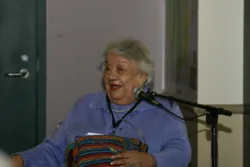
November 25: Owanah Anderson, Choctaw: Author, Feminist, Native Advocate and Activist, Historian
Owanah Patricia Anderson was born in 1926 in Boswell, Choctaw County, Oklahoma. She read every book in the local library growing up, and attended the University of Oklahoma, where she earned a degree in journalism. Raised a Baptist, she became an Episcopalian when she married her second husband and lived in Wichita Falls, Texas.
Recognized among her Choctaw people as a chief, and active on the national stage in women’s and indigenous issues, Ms. Anderson pushed for attention to indigenous women’s specific issues throughout her life. She served on the board of the Association of American Indian Affairs, where she directed the National Women’s Development Program. In 1978 she was appointed to the National Advisory Committee on Women, where she worked alongside Eleanor Smeal, Ann Richards, and Bella Abzug.
Ms. Anderson was invited by Presiding Bishop Edmond Browning to chair the National Committee on Indian Affairs at the Episcopal Church Center in New York from 1983-1998. She also published two crucial resources on the history of the Episcopal Church with Indigenous peoples from an Indigenous perspective: Jamestown Commitment: The Episcopal Church and the American Indian in 1988, and 400 Years: Anglican/Episcopal Mission Among American Indians in 1997, both published by Forward Movement. She also wrote 100 Years: Good Shepherd Mission in the Navajo Nation, 1892-1992.
When schism tore at the bonds of the Diocese of Ft. Worth beginning in 2008, Ms. Anderson formed “North Texas Remain Episcopal,” one of the early groups resisting the exodus from the Episcopal Church. Starting on February 15, 2009, he also created and published 500 issues of a newsletter for “the Northern Deanery Episcopalians in the Reorganized Diocese of Ft. Worth” known as JOYFUL Notes, whose mailing list included Presiding Bishop Katherine Jefferts Schori and readers across the Episcopal Church and even to New Zealand. Owana Anderson passed away in 2017. According to her friend Katie Sherrod, at Ms. Anderson’s funeral, “We all laughed at her funeral when Bishop Steve Charleston said we should say a prayer for God, because Owanah was already explaining to God what needed to be done.”

November 26: Carol Joy Walkingstick Gallagher, Cherokee: First Indigenous female Bishop in the Anglican Communion
Born Carol Joy Walkingstick Theobald in San Diego in 1955; her mother was an enrolled citizen of the Cherokee Nation, and her father was a Presbyterian elder. She joined the Episcopal Church with her husband after their first child was born. In 1990, she was ordained a priest and served parishes in Massachusetts, Pennsylvania, and Delaware.
At her election as bishop suffragan in the diocese of Southern Virginia, where she served from 2002-2005, she became the first Indigenous woman to serve as a bishop in the world-wide Anglican Communion. She was consecrated in April 2002 by the Rt. Rev. Robert Rowley, assisted by the Rt. Rev. David Bane and the Rt. Rev. Barbara Harris. She later served as assistant bishop in the Diocese of Newark in 2005-2007, in the Diocese of North Dakota from 2008-2014, in the Diocese of Montana from 2014-2018. Since 2018, the Rt. Rev. Gallagher has served as Regional Canon for the Central Region in the Diocese of Massachusetts. She also currently provides pastoral support in assistance to the Diocese of Albany as it implemented General Convention resolutions on making available same-sex marriage liturgies.
As an author, Bishop Gallagher has written Reweaving the Sacred: A Practical Guide for Challenged Congregations, on congregational development; and Family Theology: Finding God in Very Human Relationships, on the role families can play in faith development.
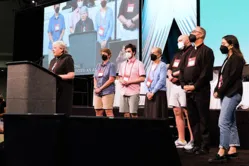
November 27: Rev. Rachel Taber-Hamilton, Shackan First Nation
Rachel Taber was born in 1964 in Ohio. Her mother’s ancestry included Shackan First Nation people from British Columbia. After searching for her own religious identity—at one point nearly taking vows as a Roman Catholic nun with an Master’s of Divinity from Loyola University’s seminary-- she joined the Episcopal church in 1995.
At her ordination in 2004, The Rev. Taber-Hamilton became the first Native woman ordained a priest in the Diocese of Olympia, where her husband is also a priest. She is trained as an anthropologist, has served as a chaplain in the healthcare field, and is currently the rector of Trinity Episcopal Church in Everett Washington.
She is also active in the fight against climate change and served on the Presiding Bishop’s delegation to the 2021 UN Climate Change Conference. She is chair of the House of Deputies Legislative Committee on Stewardship and Care of Creation. She also co-founded the grassroots advocacy group Circles of Color for people of color in the Diocese of Olympia. In July 2022 at the 80th General Convention of the Episcopal Church, Rev. Taber-Hamilton was elected the first Native woman to serve as vice-president of the House of Deputies.

November 28: Rt. Rev. Stephen Tsosie Plummer, Navajo: First Dine Bishop
Stephen Tsosie Plummer was the first bishop of Dine (Navajo) ancestry in the Episcopal Church. Born in Coal Mine, Arizona, in 1944, the son of a traditional medicine man, he was encouraged to study for ordination by the then-Rev. Harold Jones, who had been the vicar of the Mission at Ft. Defiance and later became the first Native American bishop in the Episcopal Church.
In 1975, Rev. Tsosie Plummer was ordained a deacon, and then ordained a priest in Canyon de Chelly, a sacred locale for the Dine. He served the Navajoland Area Mission as a priest from its founding in 1978. Geographically and culturally, Navajoland overlaps part of the dioceses of Utah, Arizona, and Rio Grande (in New Mexico) on the Navajo Reservation. In 1990 he was the first elected bishop of Navajoland—previously bishops had been appointed. He was an advocate for Native issues within the wider Church and urged incorporation of Navajo traditions within worship, even establishing what was termed a “hogan seminary” known as the Hogan Learning Circle to impart deeper religious education. Bishop Plummer even maintained a small flock of sheep with his wife at his home at St. Christopher’s Episcopal Mission in Bluff, Utah.
In 2000, Bishop Plummer was diagnosed with lymphoma, and he passed away in 2006.
